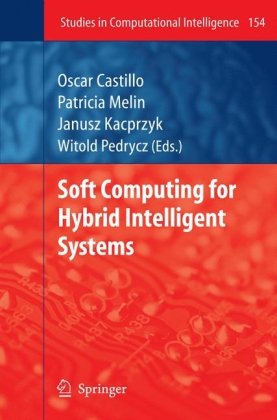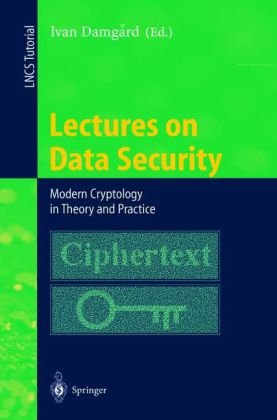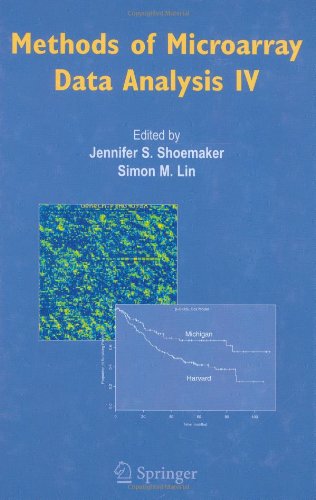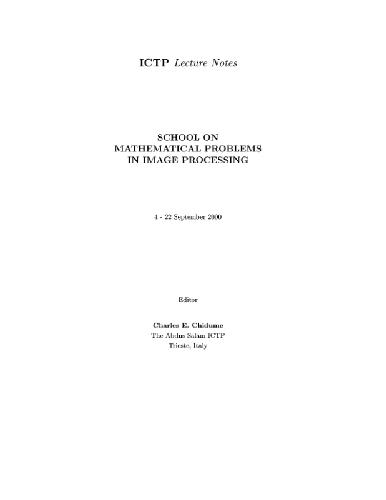Oscar Castillo, Patricia Melin, Janusz Kacprzyk, Witold Pedrycz9783540708117, 3540708111
Table of contents :
cover.jpg……Page 1
front-matter.pdf……Page 2
Introduction……Page 8
Geocomputational Applications in Urban Planning……Page 9
The Chapters of This Volume……Page 17
References……Page 21
Introduction……Page 25
Hybrid Self-organizing Map (HSOM)……Page 27
Spatial Scan Statistics (SSS)……Page 29
HSOM……Page 31
SSS……Page 33
HSOM……Page 35
SSS……Page 37
Conclusion……Page 40
References……Page 41
Urban Analysis and the Definition of Centers……Page 43
Towards the Delimitation of the CBD……Page 45
CBD and New Locations……Page 47
The Method……Page 48
The Study Area……Page 49
The Choice of Data……Page 50
Trieste and Its CBD……Page 53
Udine and Its CBD……Page 56
Comparisons……Page 58
Local Results……Page 60
References……Page 61
Introduction……Page 63
Introduction……Page 64
Measuring Indicators of Social and Housing Difficulty……Page 65
Introduction……Page 67
Spatial Clustering……Page 68
The Fuzzy Approach……Page 69
The Result of the Fuzzy Approach……Page 71
The Clustering of Social Difficulty……Page 72
The Clustering of Housing Difficulty……Page 73
Housing Market Segmentation and Multidimensional Ranking……Page 74
The Method for a Fuzzy Ranking of the Urban Quarters……Page 75
Cluster Intersection of Social and Housing Hardship to Identify the “Target” Areas to Which Urban Regeneration Policy Should Be Directed……Page 81
Directions for Urban Regeneration Policies……Page 82
References……Page 83
Introduction……Page 85
The Theme: The Social Housing in the Edge of Italian Towns……Page 86
The Urban Space and the Configurational Approach……Page 87
The Configurational Approach: Conceptual Bases and Operational Techniques……Page 89
Operational Techniques: The Linear Analysis……Page 91
Operational Techniques: The Angular Analysis……Page 92
Operational Techniques: The Visibility Graph Analysis……Page 93
Operational Techniques: Potential and Limits……Page 94
Our Case Studies……Page 96
Conclusions……Page 102
References……Page 103
Introduction……Page 104
Demand Model……Page 106
Supply Model……Page 108
Loading Model……Page 109
Experimentation……Page 114
Data Acquisition……Page 115
Simulation Results……Page 116
Final Remarks……Page 117
References……Page 118
Introduction……Page 121
Background on Spatial Association……Page 124
Adaptations……Page 125
Impact of the Weights……Page 128
Data……Page 129
Analyses and Results……Page 131
Conclusions and Discussion……Page 134
References……Page 135
Visual Impact Assessment and Urban Planning……Page 137
Viewshed Analysis……Page 139
The Implemented Model……Page 141
Identifying Viewshed……Page 142
The Case Study……Page 143
References……Page 148
Review of the Most Relevant Literature Models……Page 151
Input Data……Page 154
Preliminary Processing……Page 155
Analytical Determination of the Required Parameters to the Application of Bottema’s Model……Page 157
Evaluation of z_{d,pl} and z_{0}……Page 164
Conclusion……Page 165
References……Page 167
Introduction……Page 170
Definition of a Statistical Indicator……Page 171
Spatial Organization of Data and Related Issues……Page 172
Overview on Thematic Data and Related Issues……Page 174
A Qualitative Approach……Page 175
An Evolutive Spatio-temporal Object-Oriented Model……Page 176
Estimation of Missing Values……Page 184
Extending the ESTI Model with Metadata……Page 185
Conclusion and Future Work……Page 187
References……Page 188
Introduction……Page 190
2.5D Urban Surface Model……Page 191
Visibility Analysis System……Page 194
Simulation Model……Page 197
Integration of Visibility and Sunshine Analysis……Page 198
Analysis of Urban Groups^{2}……Page 199
Definition of Housing Groups……Page 200
Detection of Housing Groups Using a Database with Geomatic Algorithms……Page 202
Calculation of Morphological Indicators of Buildings Using GIS and LIDAR Data……Page 203
Visibility and Sunshine Analysis……Page 204
Analysis of Urban Groups……Page 206
References……Page 209
Introduction……Page 211
Data Set……Page 213
Method……Page 219
Results and Discussion……Page 220
Conclusions……Page 223
References……Page 224
Introduction……Page 225
Cellular Automata and Image Processing Method……Page 226
Using Mathematical Morphology for Spread Processing……Page 227
The Protocol of the Spatio-morphological Modelling……Page 229
Simulating the Spread of the Built-Up Areas……Page 230
Basic Model……Page 232
Improved Model……Page 233
Predicting the Future Spread of the Built-Up Areas (1990-2010)……Page 234
References……Page 236
Introduction: Models for Planning……Page 239
Multi-Agent Geosimulation……Page 240
A General Overview of MAGI……Page 241
The MAGI Meta-model……Page 243
Agents’ Spatial Perception……Page 246
Indexing Moving Agents……Page 248
The Geometry Engine……Page 251
Conclusions and Future Developments……Page 253
References……Page 254
Introduction……Page 256
Why an Activity Based Model?……Page 258
Objectives……Page 259
Methodology……Page 260
The Participatory Planning……Page 261
The Behavioural Rules Extraction via Data Mining……Page 262
The Activity Based Modelling……Page 264
The Case Study……Page 265
The City as a Living Organism: A Dynamic GeoDatabase……Page 266
The Population Sample Structuring and the Questionnaire Devise via a Web-Gis Application……Page 267
Ongoing Results and Discussion……Page 271
References……Page 278
back-matter.pdf……Page 281







Reviews
There are no reviews yet.